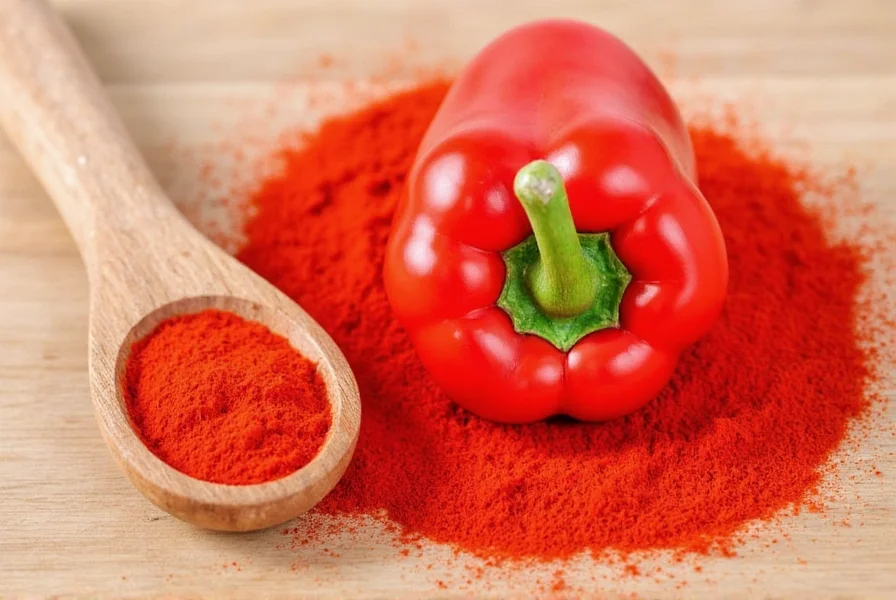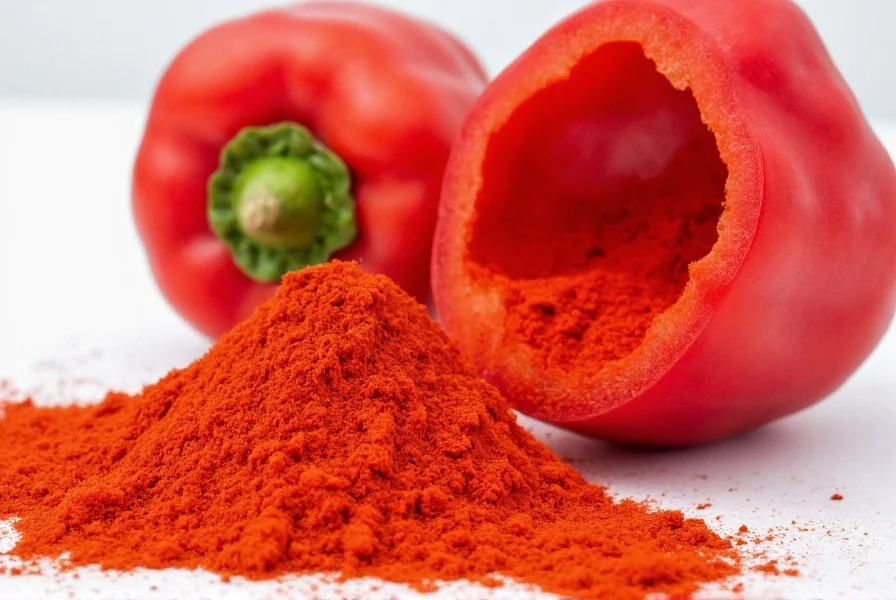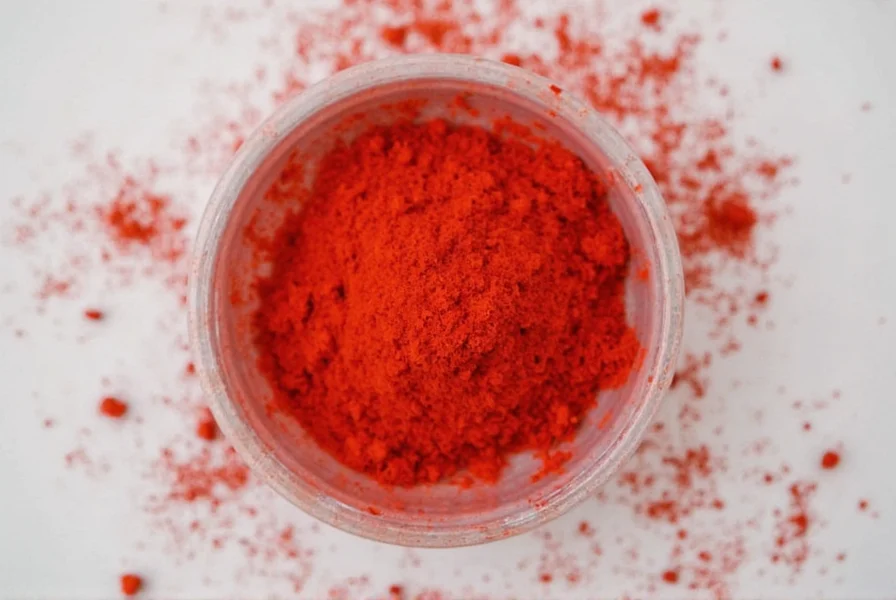Oleoresin paprika represents the pinnacle of natural color and flavor extraction technology in the food industry. Unlike powdered paprika, this concentrated extract captures the essential compounds of red peppers through a solvent extraction process, resulting in a versatile ingredient that solves multiple challenges for food manufacturers seeking natural alternatives to synthetic colorants.
The Science Behind Oleoresin Paprika Production
The creation of oleoresin paprika begins with carefully selected ripe red peppers, typically varieties bred specifically for high carotenoid content. These peppers undergo a meticulous extraction process where food-grade solvents like hexane or ethanol dissolve the valuable compounds from the plant material. After filtration and solvent removal, the resulting concentrated extract contains 15-25 times the coloring power of regular paprika powder.
What makes oleoresin paprika particularly valuable is its dual functionality. It delivers both the vibrant red-orange color from carotenoids like capsanthin and capsorubin, plus the characteristic flavor compounds that give paprika its distinctive taste profile. This dual nature makes it superior to isolated color extracts for applications where both visual appeal and authentic flavor matter.

Industrial Applications and Advantages
Food manufacturers prefer oleoresin paprika over ground paprika for several compelling reasons. Its concentrated nature means smaller quantities are needed to achieve the desired color intensity, reducing shipping costs and storage requirements. Being oil-soluble, it disperses evenly in fat-based products without the grittiness sometimes associated with powdered spices.
Consider these key applications where oleoresin paprika excels:
| Food Product Category | Typical Usage Level | Primary Benefit |
|---|---|---|
| Processed meats (sausages, salami) | 0.05-0.2% | Stable color throughout processing and shelf life |
| Snack foods (chips, crackers) | 0.02-0.1% | Even coating and oil compatibility |
| Cheese products | 0.01-0.05% | Natural alternative to annatto |
| Sauces and dressings | 0.03-0.15% | Heat stability during processing |
Technical Properties and Quality Considerations
When evaluating oleoresin paprika for industrial use, several technical specifications matter most. The ASTA color value (measured on the American Spice Trade Association scale) indicates coloring strength, with higher values (typically 30,000-60,000) representing more potent extracts. Food scientists also consider:
- Solubility profile - Complete solubility in oils without precipitation
- Heat stability - Retention of color during cooking and processing
- pH stability - Consistent performance across various food matrices
- Odor profile - Absence of solvent residues or off-notes
- Microbial specifications - Meeting food safety standards
Manufacturers often standardize oleoresin paprika to specific color values, allowing for precise formulation regardless of natural variations in the raw peppers. This standardization represents a significant advantage over using unprocessed paprika powder, where color intensity can vary dramatically between harvests.
Safety and Regulatory Status
Oleoresin paprika enjoys widespread regulatory approval as a food additive. In the United States, it's generally recognized as safe (GRAS) under 21 CFR 182.20 and listed as a natural color under 21 CFR 73.160. The European Union authorizes it as E160c, with no specified maximum usage levels in most food categories.
Unlike synthetic colorants that face increasing consumer skepticism, oleoresin paprika benefits from its natural origin and clean label status. It contains no artificial preservatives and maintains the same safety profile as regular paprika, making it an excellent choice for 'clean label' product formulations seeking to eliminate artificial ingredients.

Practical Handling and Storage Guidelines
Proper storage significantly impacts oleoresin paprika's shelf life and performance. Exposure to light, heat, and oxygen causes gradual degradation of the carotenoid pigments. For optimal preservation:
- Store in opaque containers at temperatures below 25°C (77°F)
- Maintain tight seals to prevent oxidation
- Use nitrogen flushing for long-term storage
- Expect 12-18 months shelf life under proper conditions
- Monitor color value periodically during extended storage
When incorporating oleoresin paprika into food formulations, manufacturers should disperse it in a small amount of oil first before adding to the main batch. This pre-dispersion step prevents clumping and ensures uniform color distribution throughout the final product.
Future Applications and Industry Trends
The growing consumer demand for natural ingredients continues to drive innovation in oleoresin paprika applications. Recent developments include microencapsulated versions that improve water dispersibility, allowing use in beverage applications previously dominated by synthetic colors. Researchers are also exploring paprika varieties with enhanced carotenoid profiles to create extracts with improved stability and color range.
As food manufacturers respond to clean label trends, oleoresin paprika represents a strategic ingredient that delivers both visual appeal and authentic flavor while meeting consumer expectations for natural ingredients. Its versatility across multiple food categories ensures continued relevance as the industry moves away from synthetic colorants.
What's the difference between oleoresin paprika and regular paprika powder?
Oleoresin paprika is a concentrated extract containing only the soluble color and flavor compounds from red peppers, while regular paprika powder includes the entire ground pepper, including fiber and moisture. Oleoresin is oil-soluble, more potent (15-25x stronger coloring power), and has better stability in processed foods compared to the water-soluble powder form.
Is oleoresin paprika safe for consumption?
Yes, oleoresin paprika is generally recognized as safe (GRAS) by the FDA and approved as food additive E160c in the European Union. It's derived from the same peppers used to make regular paprika and maintains the same safety profile without artificial additives or preservatives when properly manufactured.
How much oleoresin paprika should I use in food products?
Usage levels typically range from 0.01% to 0.2% depending on the application and desired color intensity. Processed meats usually require 0.05-0.2%, cheese products need only 0.01-0.05%, while snack foods fall in the 0.02-0.1% range. Always start with lower concentrations and adjust based on visual assessment, as potency can vary between batches.
Does oleoresin paprika contain capsaicin?
Commercial oleoresin paprika for food coloring typically contains minimal capsaicin, as it's produced from sweet paprika varieties specifically bred for color rather than heat. The extraction process also favors carotenoids over capsaicinoids. However, some specialty hot paprika oleoresins do contain noticeable heat levels, so manufacturers should verify specifications for their particular product.
How does oleoresin paprika compare to other natural red colorants?
Compared to alternatives like beet juice (water-soluble, pH-sensitive), lycopene (orange-red hue), or anthocyanins (blue-purple tones), oleoresin paprika offers superior heat stability, oil solubility, and a vibrant red-orange color that works well in savory applications. It provides a more authentic flavor profile in spice-forward products than isolated color extracts.











 浙公网安备
33010002000092号
浙公网安备
33010002000092号 浙B2-20120091-4
浙B2-20120091-4